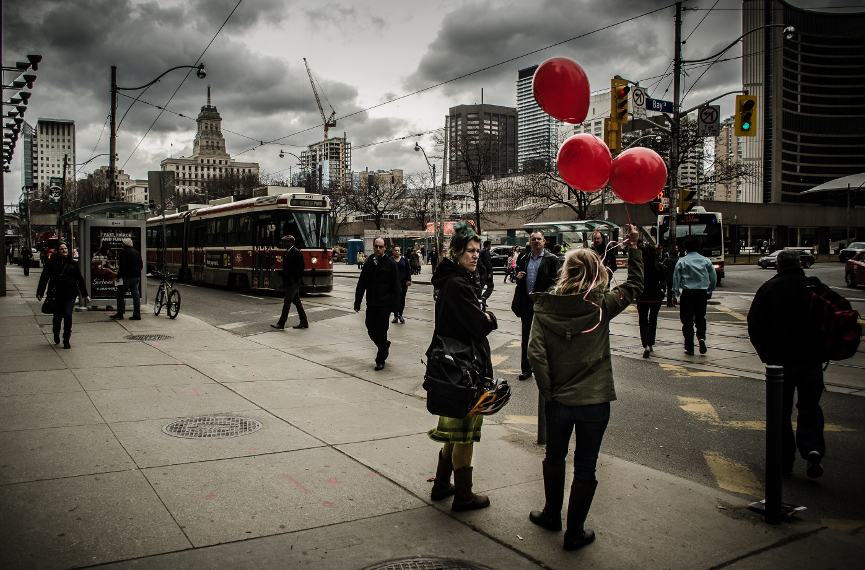Framing Streets Things To Know Before You Buy
Table of Contents3 Easy Facts About Framing Streets Shown5 Simple Techniques For Framing StreetsThe Basic Principles Of Framing Streets Getting My Framing Streets To WorkNot known Factual Statements About Framing Streets All about Framing Streets
, generally with the goal of catching images at a crucial or touching moment by mindful framing and timing. https://framingstreets1.edublogs.org/2024/01/10/framing-streets-mastering-the-art-of-street-photography/.
Subsequently his boots and legs were well specified, but he is without body or head, due to the fact that these were in activity." Charles Ngre, waterseller Charles Ngre. https://framingstreets1.start.page was the very first photographer to obtain the technical sophistication needed to sign up people in motion on the road in Paris in 1851. Digital Photographer John Thomson, a Scotsman functioning with reporter and social protestor Adolphe Smith, published Street Life in London in twelve monthly installments beginning in February 1877
The smart Trick of Framing Streets That Nobody is Talking About
Eugene Atget is considered as a progenitor, not because he was the very first of his kind, but as a result of the popularisation in the late 1920s of his record of Parisian streets by Berenice Abbott, that was influenced to take on a comparable documents of New york city City. [] As the city established, Atget assisted to advertise Parisian roads as a worthwhile topic for digital photography.

The Only Guide to Framing Streets
Martin is the very first taped digital photographer to do so in London with a disguised electronic camera. Mass-Observation was a social study organisation established in 1937 which aimed to videotape daily life in Britain and to record the reactions of the 'man-in-the-street' to King Edward VIII's abdication in 1936 to wed divorce Wallis Simpson, and the sequence of George VI. In between 1946 and 1957 Le Groupe des XV annually exhibited job of this kind. Andre Kertesz. Circus, Budapest, 19 May 1920 Street photography created the major web content of 2 exhibits at the Museum of Modern Art (Mo, MA) in New York curated by Edward Steichen, Five French Professional Photographers: Brassai; Cartier-Bresson, Doisneau, Ronis, Izis in 1951 to 1952, and Post-war European Photography in 1953, which exported the concept of street digital photography globally.

About Framing Streets
The recording machine was 'a concealed video camera', a 35 mm Contax concealed underneath his coat, that was 'strapped to the upper body and connected to a long cord strung down the ideal sleeve'. However, his work had little modern influence as due to Evans' sensitivities concerning the creativity of his job and the privacy of his topics, it was not published till 1966, in the book Numerous Are Called, with an intro composed by James Agee in 1940.
Helen Levitt, then an educator of little ones, associated with Evans in 193839. She recorded the temporal chalk drawings - 50mm street photography that were part of children's street culture click here for info in New York at the time, as well as the kids that made them. In July 1939, Mo, MA's new photography section consisted of Levitt's operate in its inaugural exhibitionRobert Frank's 1958 book,, was substantial; raw and frequently indistinct, Frank's pictures questioned conventional photography of the moment, "tested all the formal rules laid down by Henri Cartier-Bresson and Walker Evans" and "contradicted the wholesome pictorialism and sincere photojournalism of American magazines like LIFE and Time".